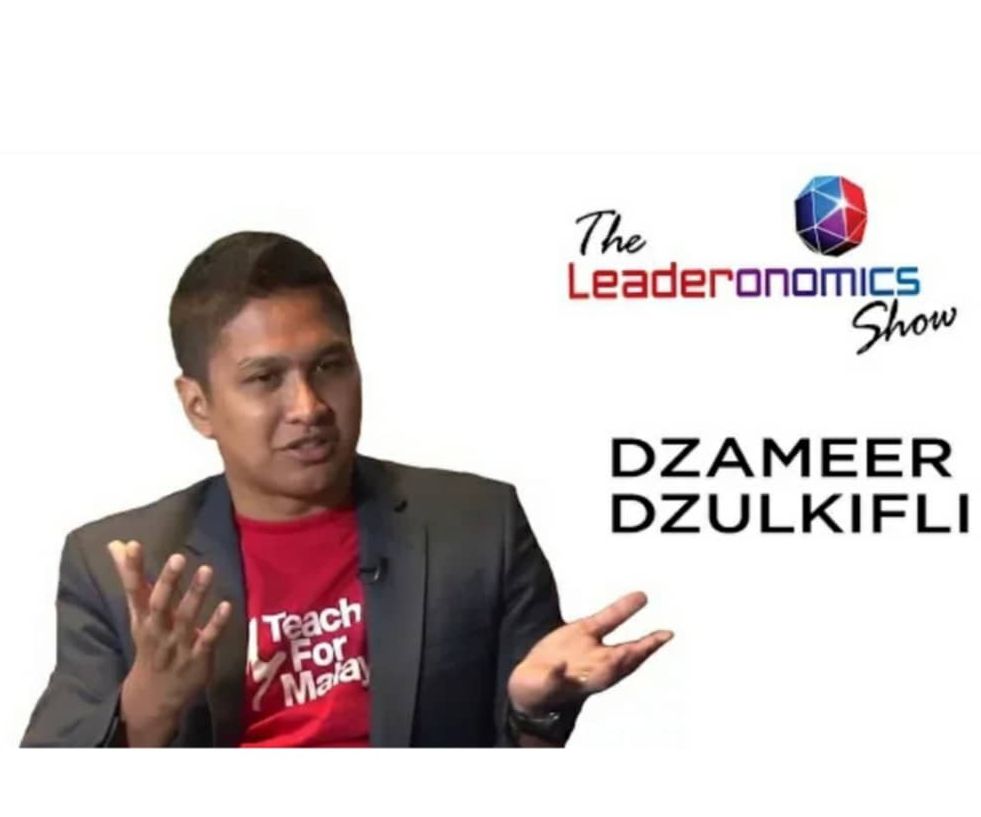Braving Brexit: The Reinvention Formula Applied To Britain’s Daring New Direction

Whether you agree with the results of Brexit, the votes have been cast. Blue-collar Britons have snubbed both Britain and the European elites. The birdcage has officially been rattled.
In some cases, the vote was more about the past than wealth distribution. It was about who the British really think they are. For many ordinary Brits, the United Kingdom was getting too far away from their cherished history.
Now comes the hard work for official leaders of Britain’s “Leave” campaign. Nigel Farage and Boris Johnson, both prominent Brexit campaigners (or also known as Brexiteers), must proactively chart the course for a newly independent and more effective Britain.
Having a common framework, common language, and a common process for reinventing Britain – something that helps leaders maintain a bird’s-eye, and systemic, view of the change – is a good place to start. Otherwise, individual saber rattling begins and gunslingers appear. This risky and selfish change approach rarely works.
Reinvention Formula
In our upcoming book, Reinvention: Accelerating Results in the Age of Disruption, we propose a Reinvention Formula that is the first of its kind in its ability to facilitate reinvention equally well at the individual, team, organisational, and societal levels. It is based upon timeless principles of change, leadership, and innovation.
The reinvention formula is an excellent framework for a situation like Brexit. It keeps track of all the critical elements desired and needing to be aligned.
At its core, the formula suggests that five fundamental elements must be addressed and mastered for effective reinvention to happen:
- Dissatisfaction (D): Ensuring there is a strong felt need for change among people that is internalised.
- Focus (F): Ensuring there is a powerful and compelling future state in place that generates forward movement and staying power.
- Alignment (A): Ensuring that all needed infrastructure is in place – processes, tools, equipment, finances, systems – to enable daily execution toward the focus.
- Execution (E): Ensuring a comprehensive game plan with clear milestones is in place. Reinforcing needed behaviours, accountability, and culture appear.
- Leadership (L): Ensuring that effective leadership is present. Ensuring that the previous four elements – what we call the Change Quotient – are in firmly in place.

The Reinvention Formula ends with Cost of Change (C). Disrupting the status quo and challenging inertia can be painful and difficult. Costs can be high economically, socially, emotionally, physically, and mentally.
Unless the combined forces of the Change Quotient (D x F x A x E) and Leadership (L) exceed the Cost of Change (C), then a Reinvention effort is likely to fail. And always remember this – if the “D” is not powerful enough and able to be sustained, then Reinvention is a non-starter. It is best to wait for a better time.
Parting thoughts
In the end, leadership is the single most important factor in the Reinvention Formula. As it shows in the formula, leadership is the force multiplier. Without leadership ensuring forward momentum despite obstructions and obstacles, and keeping people fully engaged, reinvention design choices are simply interesting words on paper.
Brexit facilitators would be wise to ensure that all reinvention elements are put in place in a way that is transparent to all. And to maintain a strong “D” and to continually be aware of the costs of change and how they are restraining success.
Here’s hoping Brexit leadership is up to the task.
Together, Kate and Shane founded SweetmanCragun, a global professional services firm focused on discovering new knowledge and delivering it in new ways to make a real impact on the world. This article was first published in SweetmanCragun’s ‘Dancing with Disruption’ newsletter (June 2016 edition). To learn more about Leaderonomics’ range of leadership training modules and business simulations, email us at training@leaderonomics.com. For more Thought Of The Week articles, click here.
Leadership
This article is published by the editors of Leaderonomics.com with the consent of the guest author.





